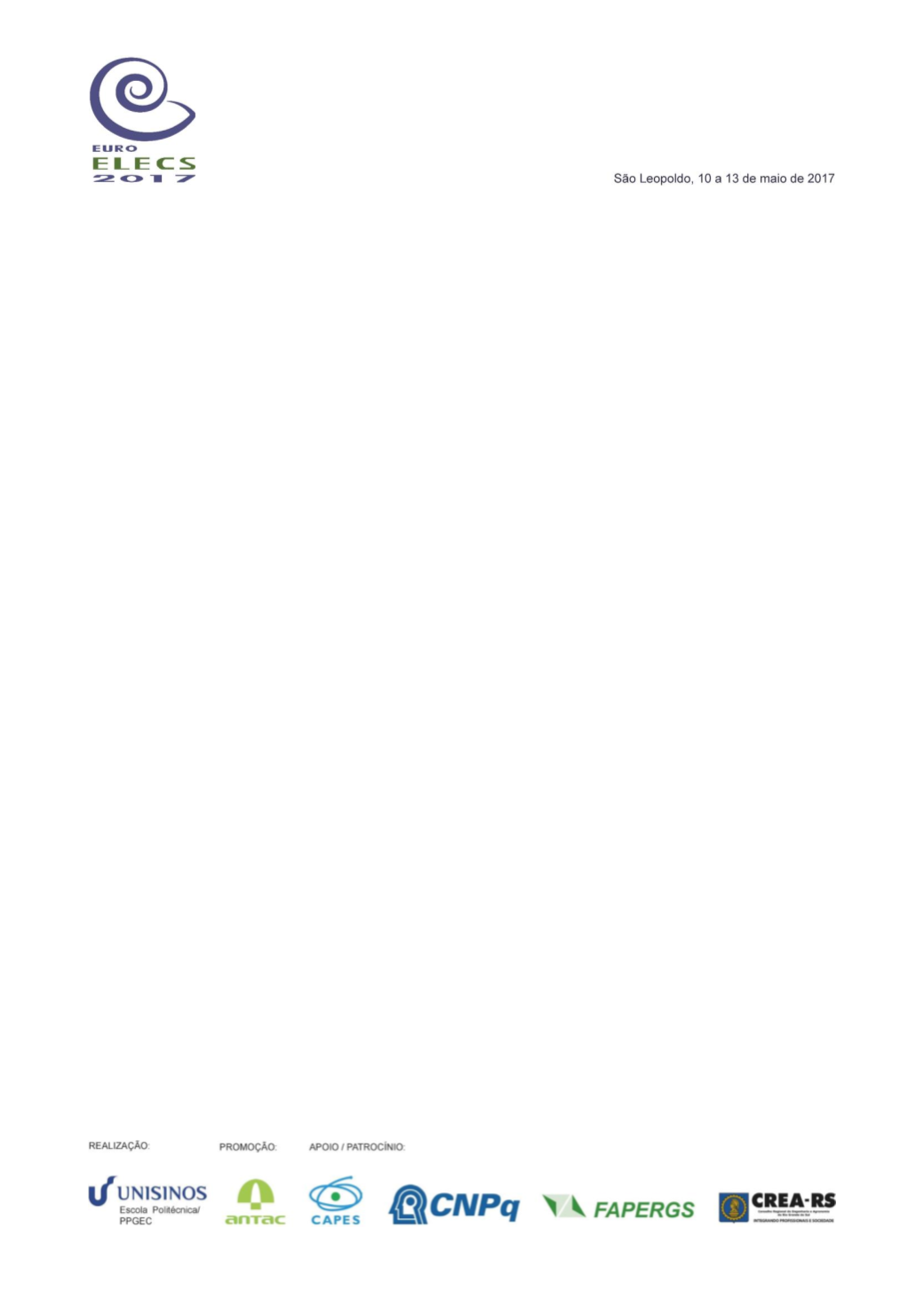

2116
THE EMERGENT URBANISM OF THE “PERIFÉRICO” [PERIPHERAL]
GROUP OF THE ARCHITECTURE AND URBANISM COLLEGE OF THE
UNIVERSITY OF BRASÍLIA (FAU / UNB): AN ANALYSIS OF THE
DIMENSIONS OF URBAN SUSTAINABILITY: SOCIAL, ENVIRONMENTAL,
CULTURAL AND ECONOMIC OF SOME PROJECTS OF PUBLIC SPACES
ABSTRACT
This article aims to analyze the emergent urbanism works developed by “Periférico” group of
FAU/UnB under the perspective of the urban, social, environmental, economic, cultural and affective
sustainability dimensions of the methodology developed by Andrade and Lemos (2015). This group,
initiated in 2013, with final graduation guidelines in the extension format, seeks to work in a
participative way, with real demands of marginal themes, still little discussed in the architecture
courses (peripheral urbanism, cultural circuit, settlements and dwellings rural socio-productive
spaces, community centers, urban parks, abandoned squares, roads and alleys), articulating
existing collectives and involving communities in architecture and urbanism projects
making.It’s
being registered as a “Projeto de Extensão de Ação Contínua – PEAC” [Continuous Action Extension
Project] of the University of Brasília. The idea of creating the group came up to meet a large demand
for social projects that the “Escritório Modelo de Arquitetura e Urbanismo - EMAU/CASAS”
[Architecture and Urbanism Model Office] of FAU/UnB can not supply and at the same time allow
the student to have contact with the complex reality. The project process is built on the real demands
of the communities, through the analysis of the problem (local identity, spatial and event patterns
and sustainability principles), systematization of standards to establish a language with the
community, increasing its participation in the process, in the form of generator codes, based on
Alexander et al (1977) and Andrade (2014), and, finally, proposed solutions from the identified and
selected standards. The aim of this study is to demonstrate the evaluation under the perspective of
the sustainability and urban form quality of three works carried out by the group in the public spaces,
“Circuito Cultural e de Lazer em Valparaíso de Goiás", "Rua do Jovem do Varjão" in Distrito Federal
and the “Manual de Táticas Urbanas Emergentes sob a perspectiva de gênero” in the Plano Piloto.
Keywords:
Emergent urbanism, Participation, Public spaces, Dimensions of sustainability, Urban
form quality.
1. INTRODUÇÃO
A disciplina de urbanismo sempre teve como vocação a transformação social, melhorar a qualidade
de vida das populações mais necessitadas e reduzir as desigualdades sociais. Porém essa vocação
política foi desaparecendo com o tempo a favor do capitalismo especulativo dominante, como o que
ocorre hoje. Dessa forma, a participação é utilizada por parte dos poderes públicos para gerar
consenso passivo nas domadas de decisão e para deslegitimar o conflito social. O urbanismo hoje
(incluindo a arquitetura dos grandes edifícios no
masterplan
) atua com intervenções em grande
escala, a fim de alcançar mudanças qualitativas num contexto urbano geral. Porém, acredita-se que
a arquitetura da cidade tem uma estreita relação com o modo de vida das pessoas, que está
relacionado com o poder político e econômico, com a vontade do coletivo, do social e do comum,
com o público e a permanência no futuro.
Neste sentido, a criação de espaços para relações entre as pessoas deve propor horizontes
conhecendo bem os problemas e estando consciente dos efeitos da arquitetura na realidade urbana.


















